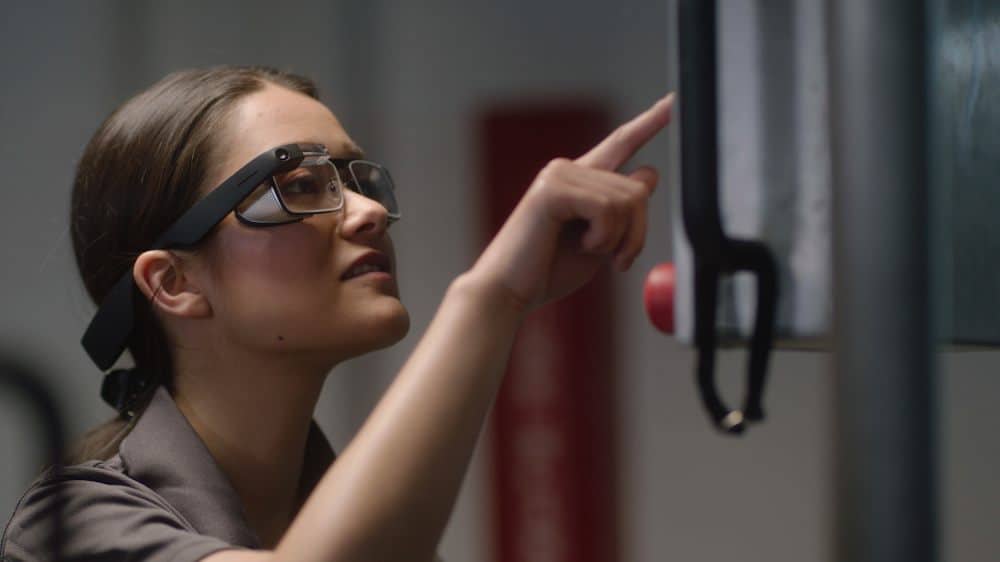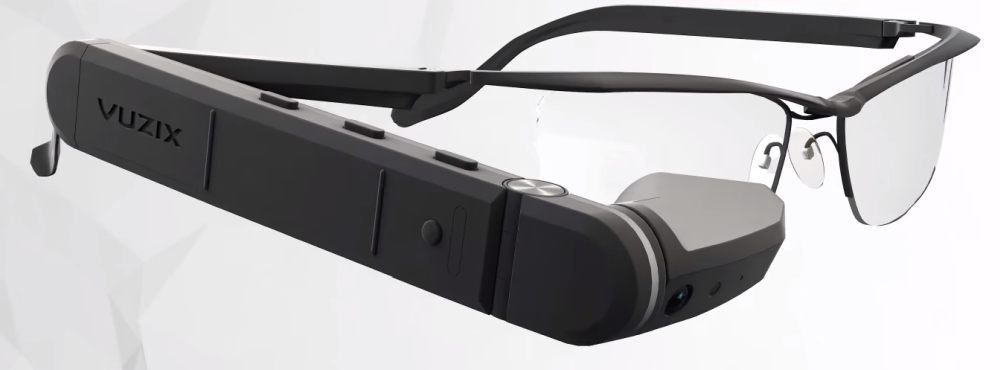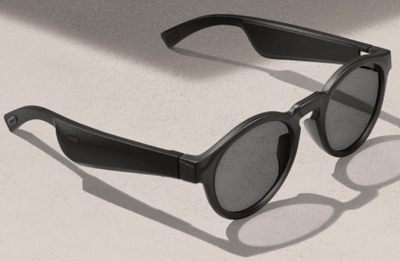Even if you live under a rock, you must have heard all the ruckus surrounding virtual reality, augmented reality or mixed reality technologies. After Google launched Google glass in 2013 (topic which I covered in detail in my previous article), many people were excited about the future of how we consume information. However, this excitement quickly died down since the technology was not picked up by the masses.
Since then, smart glass technology has evolved significantly. Today’s devices are faster, more ergonomic and less intrusive than their predecessors. Rising from the initial lackluster reception these gadgets faced in a consumer setting, businesses seem well poised to benefit a great deal from this new technology. For instance, Alphabet recently launched a new version of Google Glass, further shunning the consumer market for the more practical enterprise customers.

I have additionally written an article that concludes the large number of different areas where smart glasses have been adopted to make processes more efficient and less costly and error-prone.
What are smart glasses and augmented reality HMDs?
Smart glasses and augmented reality (AR) or mixed reality (MR) head mounted displays (HMDs) are wearable electronic gadgets that link the physical world with the computing or virtual world using various heads-up displays.
Normally, these gadgets have multiple features that enable the user to both display and analyze information that is relevant to their environment.
With AR or MR devices, digital projections are overlaid onto physical objects in real life, thus providing contextual information. Some even allow the user to visually manipulate their surroundings.
AR technology is improving rapidly. The battery life of the HMDs has increased, visual latency continues to drop and many devices now even work with prescription lenses.
Furthermore, it is possible to have AR experiences via smartphones, tablets, computers and a host of other mediums today. This article will try to categorize the various types of smart glasses in the industry right now.
Various types of smart glasses
Monocular smart glasses
Monocular smart glasses are head-mounted displays where you have an optical engine positioned on one of your lenses – hence the term monocular. Some examples of devices in this category include Google Glass, Vuzix M300, Optivent’s Ora-2 and the Lumus Sleek.

Simply speaking, it is like having a see-through smartphone in front of your eyes. However, augmented information is located just out of your line of sight, which means you can concentrate on the task at hand, but the display is always available for additional information at a glance. Furthermore, the other eye is free to concentrate on the physical world. As an example, monocular HMDs can be used by a surgeon to keep track of a patient’s vitals.
Monocular smartglasses are cool, but their use is generally focused on mission-critical business applications. This may explain why Google decided to target enterprise customers.
Binocular smartglasses
Binocular HMDs come with two transparent displays, giving users a stereoscopic vision. Having an optical engine in front of each eye makes it possible to augment a huge part of the total field of view of the wearer. Similar to monocular glasses, this type also displays information just out of the line of sight of the user, but to both eyes. Some examples of devices in this category include: Epson Moverio, the ODG R-9 and the Sony SED-E1.

These glasses are great for overlaying basic 2D and 3D graphics, but most do not offer much more due to lack of tracking capabilities. The lack of 3D depth sensors mean that they are not very aware of your surroundings. As a result, they use a combination of an on-board camera and IMU sensors to make sense of orientation and position.
Moreover, a good share of smart glasses in this category have to be tethered to a smartphone. There are, however, some high end versions such as the ODG R-9 which NASA intends to use in Space in the future.
Again, binocular smart glasses are mostly used in mission-critical enterprise situations. For instance, imagine an engineer fixing an oil rig in the field while getting instructions from someone sitting at the office in real-time, highlighting exactly which valves need fixing and even how.
Audio augmented reality glasses
Augmented reality is normally associated almost exclusively with visuals, but that is not always the case. For instance, the audio company, Bose, recently released a prototype pair of glasses that utilizes sound-based AR.

These audio AR smart glasses combine information collected from attached motion sensors with information from the GPS on your phone (via Bluetooth). The GPS tells the user’s location and the nine-axis sensor determines their spatial orientation. It also has small, focused speakers that pipe sound directly to the wearer’s ear.
This allows app developers to tag different locations which can then trigger certain audio cues when the wearer is close by. This technology was recently used by Bose to give festival-goers at Coachella Valley Music and Arts Festival an immersive experience. The glasses pushed real-time updates concerning the various schedules and even alerted the wearer when their favorite show was about to begin using the integrated speakers.
I have also previously touched the topic of audio smart glasses and BOSE specifically in my previous article, where I outlined that they are promising, but still require to improve precision and tracking accuracy.
Immersive or mixed reality smart glasses
Here is where things get intense. Some examples include Meta Space glasses, Microsoft HoloLens and the ODG-9 smart glasses . These devices are fully immersive and inclusive standalone systems that have better displays and allow you to render 3D objects on board.
They also come with 3D depth sensors that make sense of your surroundings and correctly overlay computer-generated objects in a way that seem natural. HoloLens, in particular, is a great example of overlaying CG objects in the real world. You can read about Hololens use-cases in the medical field from my previous article. They really do have a lot of potential.
Meanwhile, Microsoft has launches the second edition of the Hololens headset in 2019. You can watch their introductory video below:
Mixed reality photo projection action
This category is only reserved Magic Leap, who utilize the research done in the 1990s by Tom Furness. Note that all types of AR smart glasses covered in this article and out there in the world are basically the same. They all use a screen placed at a fixed distance from your eyes.
Magic Leap are approaching the whole thing differently. They are working on projecting photons directly into the user’s eyes. This will give users an enlarged field of view, which is currently a problem with the existing AR smart glasses.
Magic Leap also promises that these glasses will have the ability to shift focus naturally as you go about your day. To accomplish the same in existing devices, you would have to do some complex eye-tracking. However, some of the people who have already gotten their hands on the Magic Leap One headset, have voiced their disappointment about the performance and visual properties of the device:
Conclusion
When used effectively and in the right context, smartglasses and AR displays have a number of advantages over tablets, computers and other modern tech that is widely adopted already.
For instance, these devices provide a hands-free approach to performing tasks by offering data and virtual instructions to workers as they complete various activities.
Through audio and video capabilities, workers are able to interact with other colleagues and seek assistance on complex problems from experts in the organization or anywhere in the world. Such gains in productivity improve the cost effectiveness of various operations in any enterprise and also reduce the number of errors dramatically.
Smart glasses are also making their way back into the consumer market with immersive devices such as the HoloLens and Bose finding potential usage for games and music.
The smart glasses industry is currently very much still in its embryonic stage. However, although the current AR technology is still not quite where people imagine it for the future, the landscape is bound to change.

